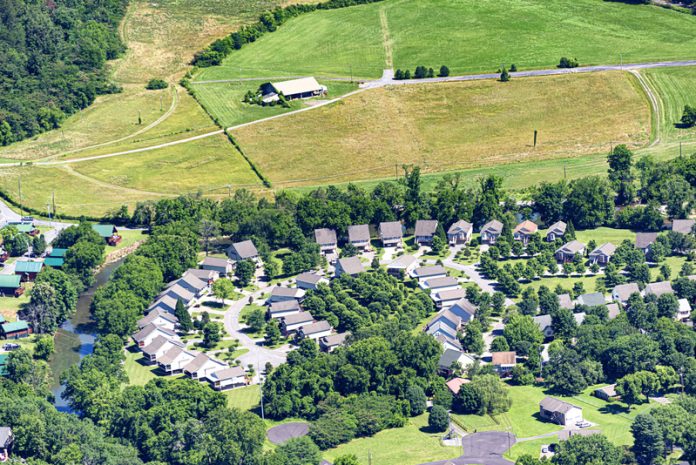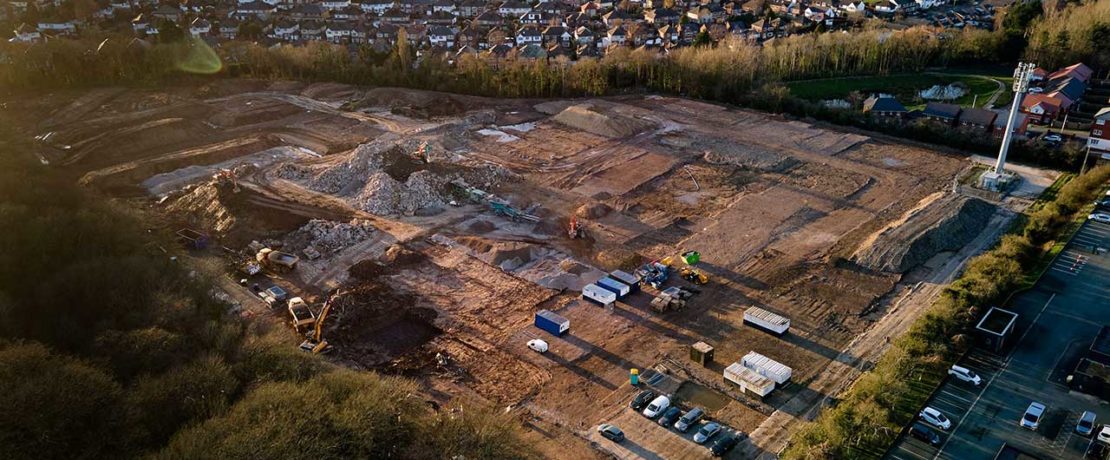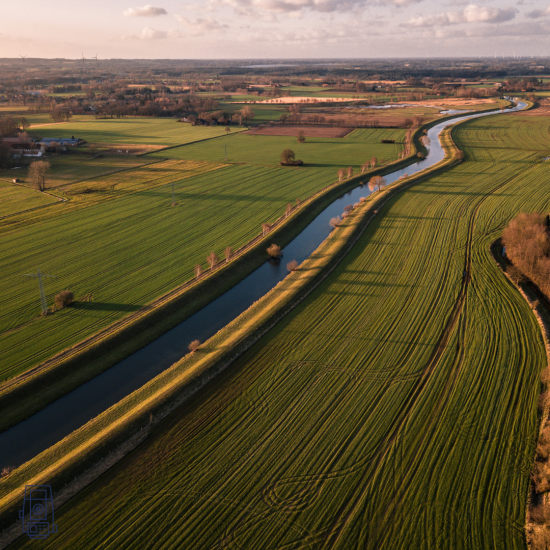What is Green belt land?
Green belt land acts as a divider between urban and rural areas. Green belt policy is a planning tool, and the goal of the green belt policy is to avoid urban sprawl by leaving land permanently open. The green belt land policy was introduced in 1947, by Town and Country planning to protect the countryside to control the post-war urbanisation of towns and cities.

What is brownfield land?
Brownfield land is defined as, previously developed land that’s no longer being utilised. Imagine a vacant or unused factory or industrial complex. This is land that has previously been developed or somehow changed by human activity (but does not include farmland).
Green Belt Land and Brownfield Land, which is better for housing?
This is a debate that has been going on for years. Some people believe brown belt land should be used for housing, as it is already developed and won’t spoil green belt land. However, others believe the green belt is more viable for development because they don’t believe green belt land needs to be protected, as most of it is unsuitable for wildlife.
Some of the pros of building on a green belt include:
- Green belt is classed as virgin land which means it is easier to build on. It requires less groundwork preparation on the site
- Construction on these sites can be faster due to no previous infrastructure
- No clean-up is needed on the site, as there are no hazardous materials
- It allows for population growth in new areas, which means communities can thrive
Whilst the disadvantages:
- The loss of green belt land is irreversible and will negatively impact the environment
- It is never popular to develop on green belt land, there will always be people who have an opinion, negative or positive
- There will be greater demand for rural roads, utility networks and amenities, which might already be running at capacity
- It protects the quality of human life in the area by preventing urban sprawl caused by cities, protecting people from air pollution

Whilst it may seem clear-cut to build on brownfield land, it may not always be the case. There are many advantages and disadvantages to building on this type of land.
Advantages of building on brown belt:
- Sites are already in urban areas which may need more housing and amenities
- Brown belt land can be bought cheaply
- There are already services such as electricity, gas, water, and drainage either on the site or nearby
- Good infrastructure is readily available, with roads and rail links nearby and often with good public transport links
- Brownfield land can be part of a larger regeneration area, meaning there will be grants or financial incentives to redevelop it.
- There is a brownfield first policy (an informal Government policy, designed to encourage developers to build on brownfields where possible), enabling planning permission to be easier to obtain
- Sites are less likely to receive any objections, as local people would like to see the area improved
Disadvantages of building on brownfield:
- Many brownfield sites will require demolition, site clearance or groundworks before any developments can be done, and this can be expensive
- The land can be contaminated with toxic material or waste depending on the previous uses
- The designs and developments may have to take into consideration existing buildings or foundations of previous buildings.
- Any underground services may need redirecting or updating
- During the time the site has been left abandoned, it may have become an important habitat for wildlife
- There are 58 times fewer brownfields than green belt sites.
There are good arguments for and against building on both green belt and brown belt land, but there is no correct answer. It all comes down to making informed decisions on where the site is located and the condition of the land at the time of pre-planning.

Geospatial surveyors can provide you with key information for decision-making on whether the land is suitable for building housing developments or other infrastructure
As land surveyors, we can’t tell developers what land to build on, but we can help them make informed decisions. By supporting developers with topographic surveys, measured building surveys and underground utility detection surveys, we can provide all the spatial and underground services data needed to support planning applications. Our involvement won’t just be at the start of the construction journey. We will work on the project throughout its lifecycle and support all construction projects with setting out buildings as well as as-built surveys during and at the end of construction, to ensure everything is being built to standard and correctly.
If we can support you with any topographical surveys or underground utility surveys for your housing development, contact us on 01928 734473 or email surveyors@powersuk.com
Main image source: Canva








